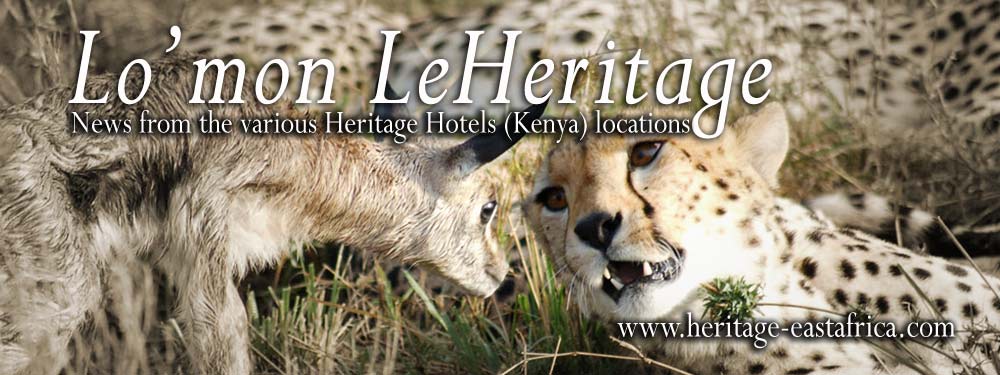The last fortnight has been dry and hot and most temporary pools have dried up, forcing the animals to converge at watering holes or streams during the day. The more concentrated herds are in areas that were not burned and still have a relative abundance of grass. The most dominant species of grass is the red oat grass, which regenerates quicker the more it is fed upon.
There has not been much activity at the Mara River either, with only a handful of animals crossing in either direction at the points near Lookout Hill and the Paradise crossing. Predation by crocodiles has dwindled, although a recent rise in the river level caused by rain in the Mau ranges caused several animals to drown – giving the crocs an easy meal. There are still piles of carcasses at the southern Mara Bridge, and the stench can only be endured by those with tough noses – or a heavy cold!
Most of the Mara’s antelopes – topi, hartebeest, impala and Thomson’s gazelles – are now having their young, providing the predators with more easy prey. Cheetahs with young cubs are the major beneficiaries of this birthing season. They normally catch and bring live gazelle fawns to their cubs to train them how to run after and bring down prey.
There are currently seven different prides of lions within our game-viewing territory, which are all being sighted daily by Intrepids and Explorer guests.
 Leopard sightings have also been good, with almost daily sightings of the female with two cubs and our star leopard Bella. Cheetah sightings have also been frequent, with some guests lucky enough to witness successful hunts. There is currently one female cheetah with two very young cubs near Mara Explorer. The mother with four surviving cubs, which had moved to the newly created Olare Orok Conservancy, is now back where her cubs were born last August, just east of Explorer.
Leopard sightings have also been good, with almost daily sightings of the female with two cubs and our star leopard Bella. Cheetah sightings have also been frequent, with some guests lucky enough to witness successful hunts. There is currently one female cheetah with two very young cubs near Mara Explorer. The mother with four surviving cubs, which had moved to the newly created Olare Orok Conservancy, is now back where her cubs were born last August, just east of Explorer.Happy wildlife watching from all of us at Heritage Hotels – your home in the wilderness!
Paul Kirui, Lead Tour Guide Heritage Hotels.
